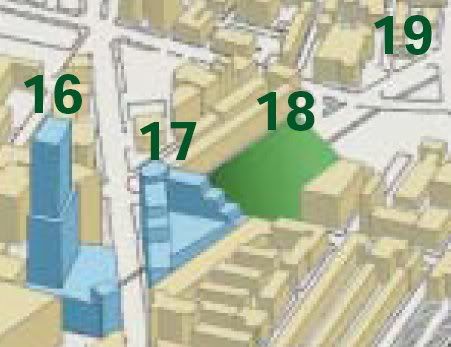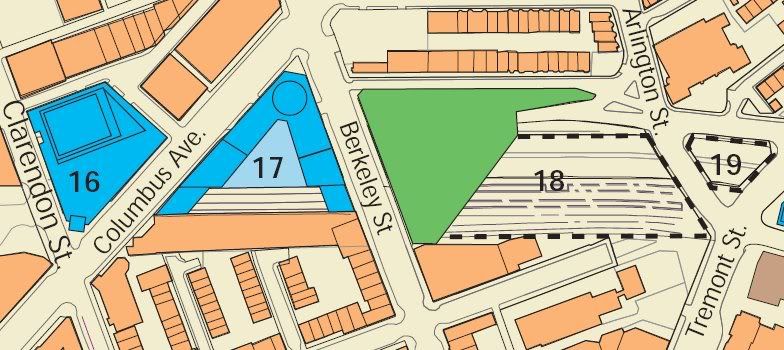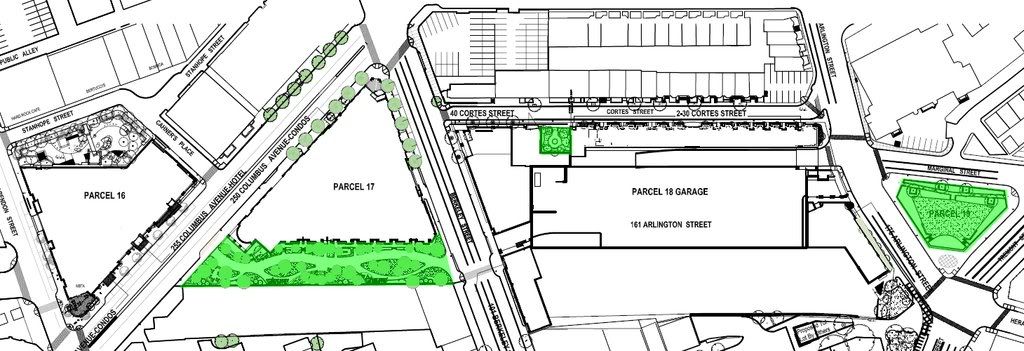Ned Flaherty
Active Member
- Joined
- Aug 25, 2007
- Messages
- 486
- Reaction score
- 0
Re: Columbus Center
You didn?t dig deep enough, or you would have learned:
Firstly, I was a Vice President of the Ellis South End Neighborhood Association for 1997-2000, and a Board Director and Air Rights Committee member for 2000-2003. You wrote that I ?purport to affiliate? with the group in 2008, but I never said that, you mistakenly assumed it.
Secondly, you wrote that it was not formed decades ago. That is untrue. It was. It was first incorporated only in 1982, but it existed long before that.
Thirdly, you wrote that the organization was ?involuntarily dissolved.? That is untrue. While the corporate status was dissolved, the organization has continued uninterrupted, on the same basis as most neighborhood associations across the city.
Fourth, you wrote that no annual meeting was held in 2004. That is untrue. Annual meetings and annual elections are publicized and held every spring, even though no longer reported as a corporation.
Finally, Boston city officials encourage all neighborhood groups to form, and re-form, their own boundaries as needed. There?s no better authority for setting a group?s jurisdiction than the members of the group itself. It couldn?t be more democratic than that.
TobyJug,The group you purport to affiliate with (but which does not list you in its lengthy identification of officers and directors) was incorporated in 1982, not "decades ago", involuntarily dissolved in 1987 by the Secretary of State for failure to file required reports, doesn't file any annual meeting minutes, and didn't even hold the required annual meeting in 2004 . . . I lack the faith necessary to believe that this group alone should be the sole arbiter of neighborhood boundaries.
You didn?t dig deep enough, or you would have learned:
Firstly, I was a Vice President of the Ellis South End Neighborhood Association for 1997-2000, and a Board Director and Air Rights Committee member for 2000-2003. You wrote that I ?purport to affiliate? with the group in 2008, but I never said that, you mistakenly assumed it.
Secondly, you wrote that it was not formed decades ago. That is untrue. It was. It was first incorporated only in 1982, but it existed long before that.
Thirdly, you wrote that the organization was ?involuntarily dissolved.? That is untrue. While the corporate status was dissolved, the organization has continued uninterrupted, on the same basis as most neighborhood associations across the city.
Fourth, you wrote that no annual meeting was held in 2004. That is untrue. Annual meetings and annual elections are publicized and held every spring, even though no longer reported as a corporation.
Finally, Boston city officials encourage all neighborhood groups to form, and re-form, their own boundaries as needed. There?s no better authority for setting a group?s jurisdiction than the members of the group itself. It couldn?t be more democratic than that.




